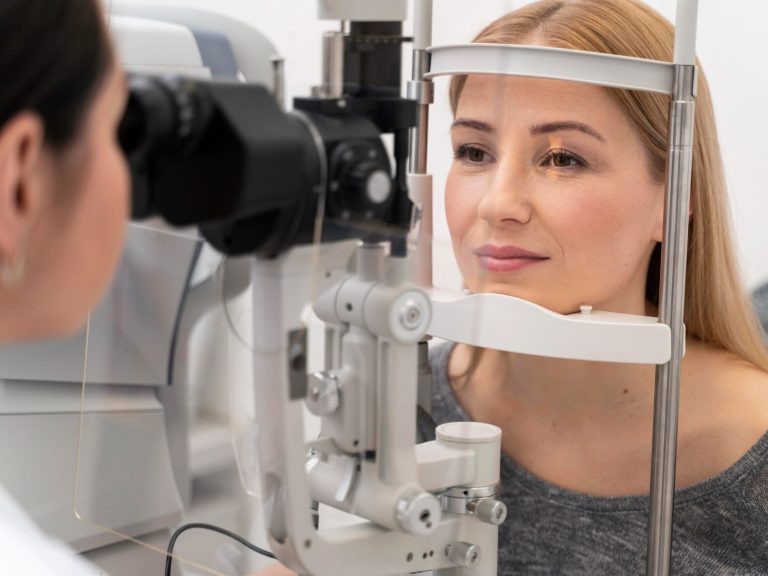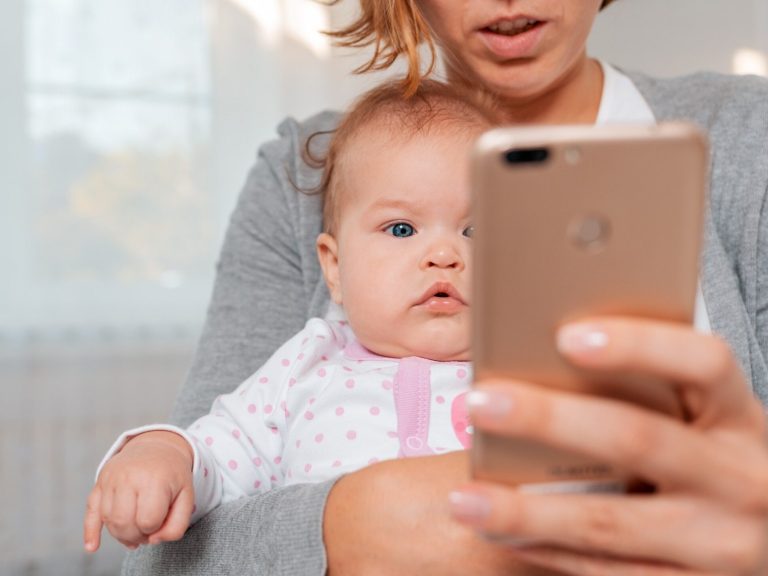Myopia in children is already an epidemic. What are the symptoms of this vision defect?

Experts believe the causes of myopia in children are excessive use of mobile devices – even 2-year-olds spend several hours a day in front of the screen. Find out how to tell if your child is developing myopia
More than 1.6 billion people around the world suffer from myopia. it is estimated that by 2050 more than half of humanity will suffer from this vision defect. The matter is even more serious because as many as 900 million people have high myopia – we talk about it when the defect exceeds 6 diopters. Myopia is increasingly affecting school-age children. How to prevent it?
The most common causes of myopia in children
School myopia is a visual defect that most often appears in children in the first grades of primary school, most often between the ages of 7 and 10. It is also called low myopia and has a defect of up to -3 dioptersand. It involves deterioration of long-distance vision – the child can see normally up close, but the distant image seems blurry and unclear. This happens due to the elongation of the eyeball – as a result, light rays focus in front of the retina, not on it.
The causes of school myopia include genetic predisposition – if one of the parents is myopic, there is a risk that the child will inherit this defect. However, the main cause of the severity of this visual defect in children is the excessive use of mobile devices: smartphones, laptops, game consoles or e-book readers, which leads to eye strain and excessive effort during accommodation. A big mistake is looking at the screen from too close a distance – some children literally hold the phone in front of their noses.
How does myopia manifest itself in children?
Parents often do not associate the first symptoms of myopia in a child with a vision defect. They are easy to miss, but if diagnosed too late, they may require correction with glasses (even lifelong), and may even lead to serious eye diseases, such as retinal detachment.
Symptoms that may indicate myopia in children include:
-
squinting when looking into the distance,
-
rubbing eyes
-
headaches,
-
blinking eyes,
-
moving closer to the TV screen, phone or book,
-
difficulties in reading the inscriptions on the board,
-
tiredness,
-
tilting the head to one side
-
difficulty recognizing colors,
-
problems with spatial orientation (the child cannot catch a ball or hit a dart),
-
problems with concentration.
If your child has these symptoms, consult an ophthalmologist as soon as possible. It is recommended that a small patient should see a specialist once a year (from the age of one year).
How to avoid myopia?
The pandemic significantly worsened the quality of children’s eyesight – students were forced to study remotely. They often spent several hours a day in front of computer screens. The problem is global, as evidenced by a study by scientists from Hong Kong. Its results were published in the British Journal of Ophthalmology. It turned out that after the pandemic, the number of young patients (aged 6 to 8) with myopia increased by as much as 11 percent.
However, there are ways to avoid the development of myopia in children. They must keep their distance when reading or watching – a distance of less than 40 cm favors the development of myopia. You should spend as much time outdoors as possible – the longer your toddler spends outdoors, where he or she is exposed to natural rather than artificial light, the better for his or her eyes. Experts recommend that children stay in natural light for at least two hours a day. Children under 2 years of age should not have any contact with screens at all. For older children, the time spent in front of the monitor should be limited to a minimum. It is worth using the 20-20-20 rule (after 20 minutes of looking at the screen, the child should look at a distance of 6 meters, i.e. 20 feet, for 20 seconds).






